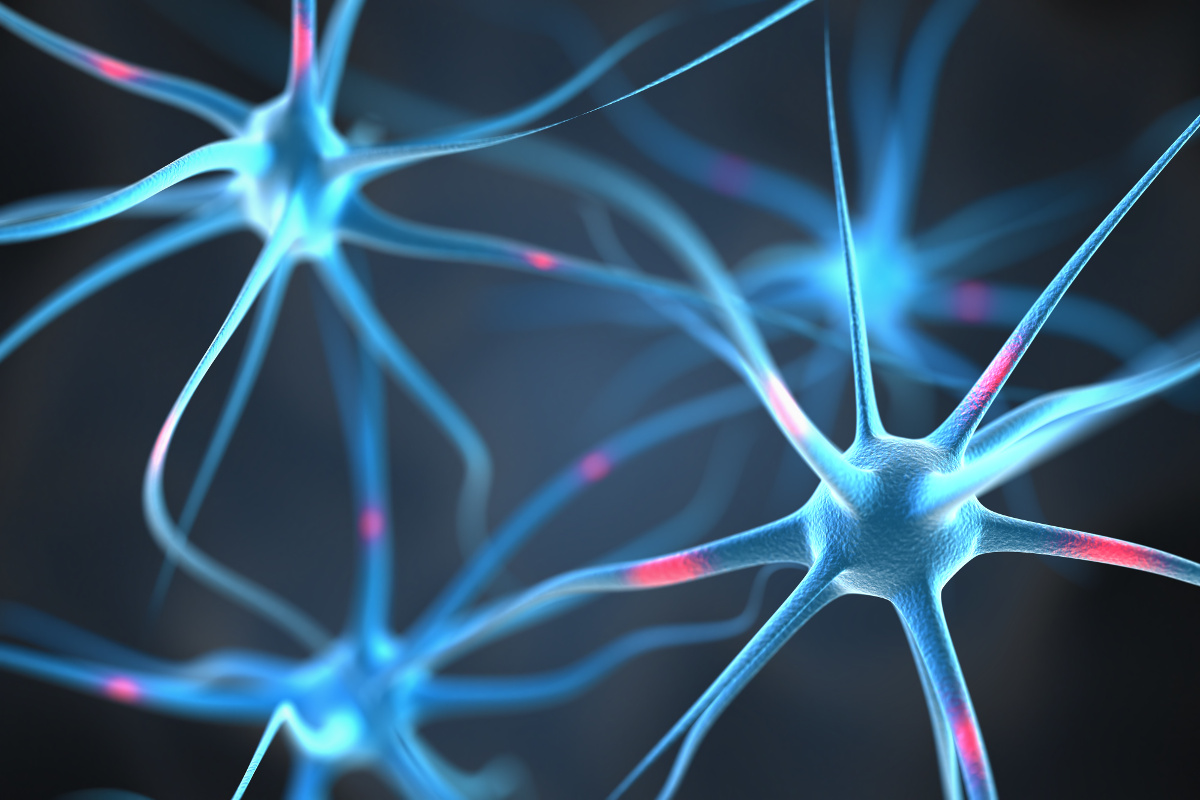Neurodiversity
The Neuroscience of Intelligence: An Interview with Richard Haier
Is it possible to see if someone is high in g by their brain activity on a PET scan or fMRI scan – and if so, what does it look like?

Richard Haier is a Professor Emeritus at the University of California Irvine and is the author of the Neuroscience of Intelligence published by Cambridge University Press. Over his career he has used neuroimaging to study how brain function and structure relate to intelligence, and the ways in which “smart” brains work. He is the editor-in-chief of the journal Intelligence and the past president of the International Society for Intelligence Research. I reached out to him earlier this year to ask about his new book. What follows is an interview conducted with Quillette via email.
Thank you for taking the time to talk to Quillette Professor Haier. You’ve spent forty years studying intelligence and have compiled your knowledge into a new book accessible to the general reader called The Neuroscience of Intelligence, which looks fascinating from its précis. Firstly, can you tell us how you became interested in intelligence research, and how you came about studying intelligence through neuroimaging?
When I started graduate school at Johns Hopkins in 1971, I was interested in social psychology and personality theories. That year Professor Julian Stanley was starting the Study of Mathematically and Scientifically Precocious Youth. I worked on his first talent search passing out pencils for 12 and 13 year old kids taking the SAT-Math exam [a standardized test used for college admission in the US]. The kids had been nominated by their math teachers as the best students in their class. Many of these kids scored as high on this test as college freshman at Hopkins. How they got this special math talent was a fundamental question and it certainly looked like something that came “naturally” since they had not yet had many math courses in school. This started my interest in individual differences in mental abilities, and intelligence was the most interesting and controversial mental ability.

It was after grad school during my first job at the National Institute of Mental Health that I learned more about genetics and how to study the brain with EEG. All these threads came together when I moved to Brown University and started my own lab to study intelligence. In the 1980s, the first neuroimaging with positron emission tomography (PET) became available and I joined my former NIMH colleagues who had moved to UC Irvine and acquired a PET scanner. I used my access to the scanner to study intelligence and brain function, including a study of math reasoning in college men and women, bringing me full circle back to the Hopkins study. Over the next 30 years, neuroimaging developed further with MRI and other technologies that I used to follow the intelligence data even deeper into the brain.





